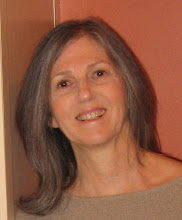As I stepped through the door Pam and Carole made it as clear as the sunny summer morning, "The Perry House is not a house museum." The defining feature most illustrative of that is the fact that here you are encouraged to TOUCH. The staff prefers the designation of educational center. And in fact many school children visit the house annually.
When Benjamin Beach, a ship builder, built the oldest portion of the house in 1680 it was fronted by King's Highway which at that time was one of the busiest roads in the country. During the Revolutionary War General Washington passed by the house many times, once accompanied by the Marquis de Lafayette.
In 1954 the building was divided up into three apartments and in her 1981 will the owner left the property to the town of Stratford. At one point while the house was boarded up many of the architectural details were stolen and sold to antique shops. The house came close to being demolished when the nearby senior center petitioned the town for more parking spaces.
Yet the Perry House Foundation has resurrected the home and created a vibrant learning environment with fascinating building quirks resulting from the home's more than three centuries of use. You can still see the graffiti scratched by school children into the fireplace mantle when the West parlor served as a school from 1889-1898.
A recent archelogical dig in the back yard identified a privy's round wall. Evidently that's a rare find as there is only a small number of round walled privies in NY state and almost none in CT. Musket balls, china and eye glasses were also found.
I don't often get a chance to take photos inside but since the Perry House is not a museum touching and photo taking are allowed.

































